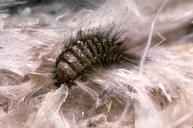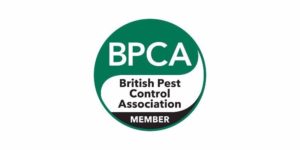
Carpet Beetle Nottingham, a part of Pest Control Nottinghamshire is a professional Pest Control company covering all aspects of Carpet Beetles in the Nottinghamshire areas. You will find our prices reasonable and our work is always carried out to a high standard. We also use the latest chemicals to ensure eradication of Carpet Beetles.
WE HAVE SAME DAY APPOINTMENTS TOO
We undertake both domestic and commercial properties throughout Nottinghamshire and our team will also talk you through each step of the way and discuss with you how to deter carpet Beetles from your home in the future.
We do not have call-out charges and we are able to come out to your home the same day, even if it’s just advice that you require pick up the phone and give Pest Control Nottinghamshire our helpful team a call today.
Call Our Carpet Beetle Team at Pest Control Nottinghamshire Today On: 0800 5426 727.
About Carpet Beetles:
The beetles are fairly small, measuring 1.5 to 4mm in length. The body is strongly convex, rather like the ladybird beetle and is characterised by the pattern of yellow, black and whitish scales on the body.
Between 20 and 100 eggs are laid by the female during spring and early summer on furs, woollens and any dried materials of animal origin.
When the larvae hatch out, they are hairy and brown with three bunches of golden hairs on the abdomen. They normally reach a length of 4-5mm. They tend to avoid the light and, when disturbed, curl up into a ball.
The eggs hatch between 10 to 35 days depending on the temperature. The larvae can last at least a year depending on the quality of the food supply. The adult beetle lives from 7-41 days.
The adults appear in April, May and June and their resulting larvae hibernate during the following winter pupating during the latter part of February and March.
On emergence the adult beetles seek the light so they usually fly to the windows. They fly to light coloured flowers where they feed on nectar and pollen. After mating, the females enter houses during late summer and autumn and lay their eggs in birds’ nests in roof voids and other suitable places. The larvae feed on feathers and wool soiled with excrement.



